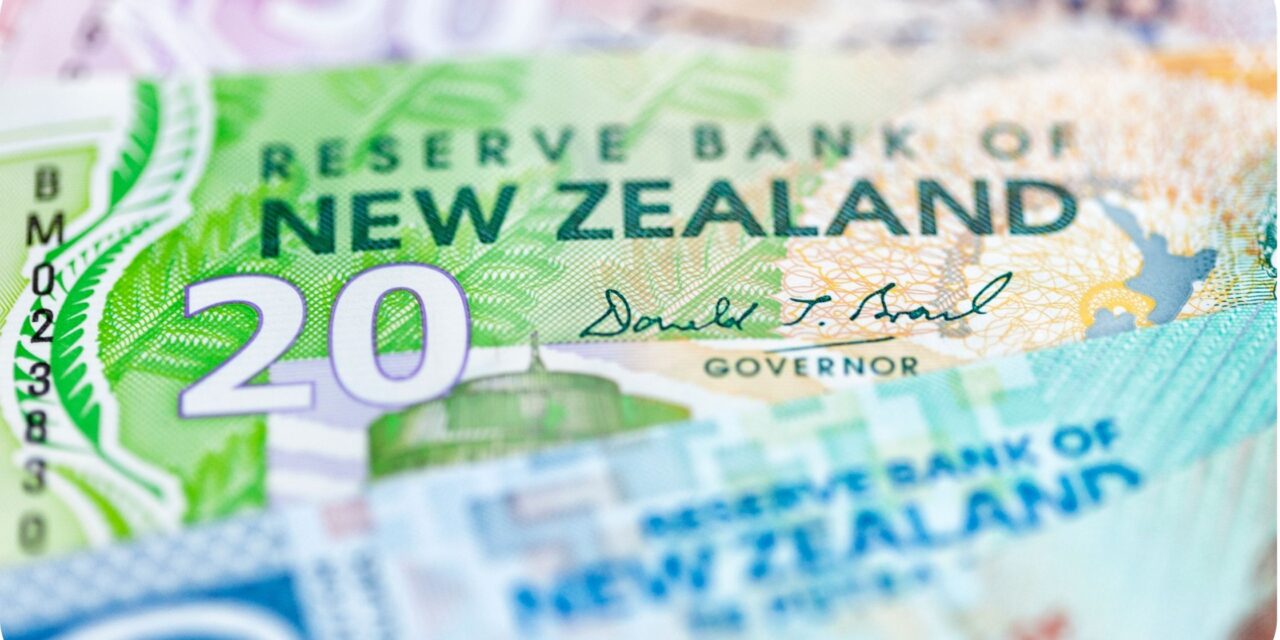NZD/USD weakens by over 1% this morning as a new lockdown in New Zealand following one single case of covid in Auckland could be a reason for the Reserve Bank of New Zealand (RBNZ) to delay the first step in the normalisation of interest rates. The kiwi is set to remain vulnerable while below the 200-DMA at 0.7110, economists at Société Générale brief.
Break below 0.6900/0.6880 to lead to next leg lower
“Money markets now price 20bp of tightening, down from 30bp just 24 hours ago. It is a reminder of how the pandemic is still disrupting the best laid economic and monetary policy plans.”
“The forward curve estimates that the gap between the RBNZ and RBA policy rate will widen to around 115bp in the next 12 months, the most since the GFC in late 2007. In theory, the prospect for widening rate differentials should bode well for a further decline in AUD/NZD towards the lower end of the range closer to 1.02.”
“NZD/USD has failed to overcome graphical levels of 0.7110 which is also the 200-day moving average. This is an important hurdle near term.”
“Daily MACD has so far struggled to establish itself within positive territory which denotes downward momentum is prevalent. So long as 0.7110 is not crossed, there would be a risk of a deeper decline.”
“Break below 0.6900/0.6880 can lead to next leg of correction towards projections of 0.6790 and 0.6710.”
The Federal Reserve is moving gradually towards monetary policy normalisation
“There are signs that global growth has peaked and is losing some momentum. If we expected the USD to temporarily weaken this year against a still recovering global economy, then the opposite should also hold true.”
“Fed’s plan to taper and its divergent monetary policy stance from other central banks should eventually guide the USD stronger, especially once tapering actually starts.”
With these long term sentiments in mind and a further strength expected from the USD we could see further declines by the NZD and other emerging market players.





